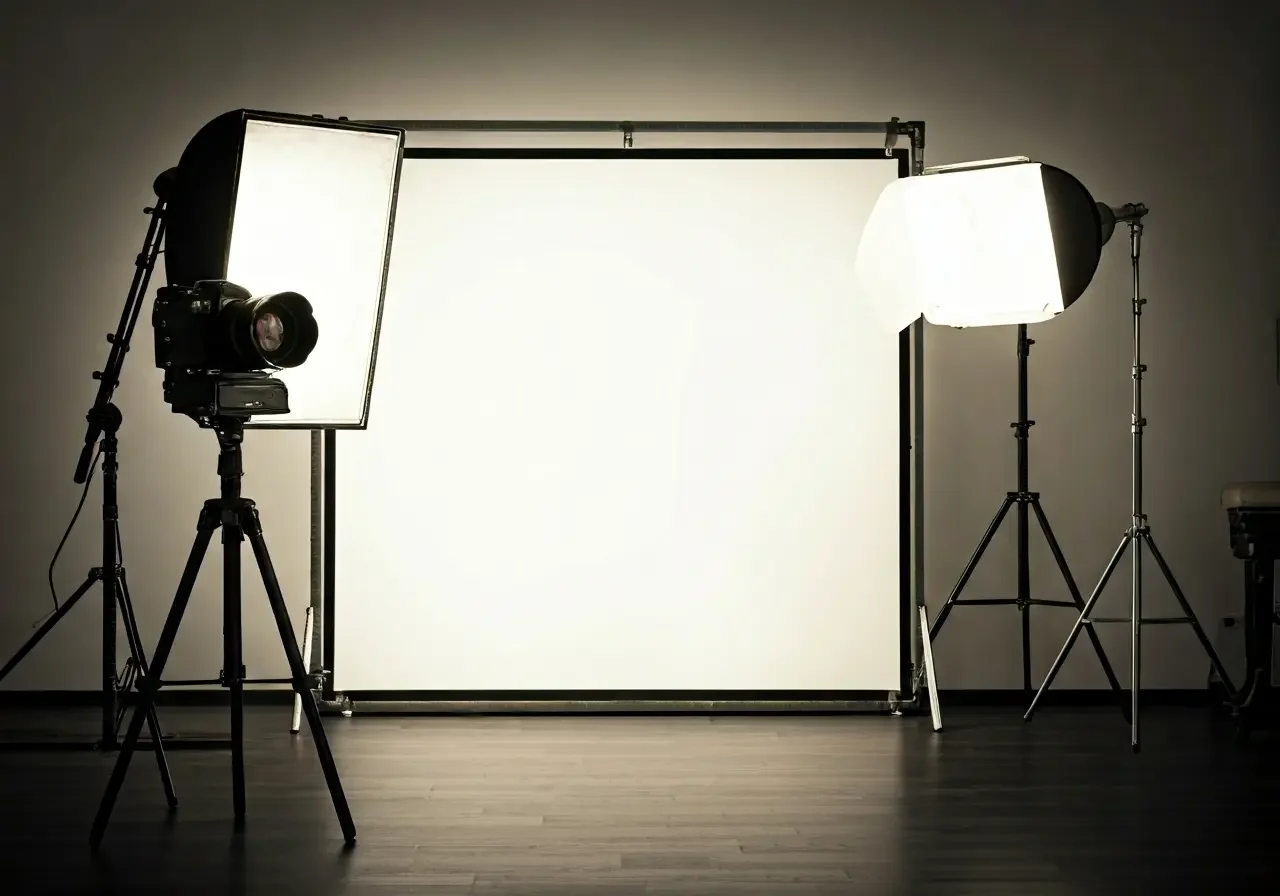What Features Define an Ideal Photography Space?
Creating the perfect photography space can make all the difference in capturing stunning images. Whether you're a professional photographer or an enthusiastic amateur, having a dedicated space can elevate your work. But what exactly makes a photography space ideal? In this FAQ, we'll explore the key features that contribute to a productive and inspiring photography environment.
The Importance of Natural Light
Natural light is a crucial element in any photography space. It provides soft, diffused lighting that enhances the subject's features and brings out true colors. Aim for a space with large windows and adjustable blinds to control the light flow.
For those with limited access to natural light, investing in high-quality artificial lighting can also create an ideal ambiance. Utilizing LED continuous lights can mimic daylight and give you the flexibility to shoot at any time, worry-free about changing light conditions.
Reflectors or diffusers are indispensable tools to maximize the natural light available. They help manage shadows and illuminate the subject evenly, offering beautiful results every time. Experimenting with different reflector surfaces, like white, silver, or gold, can add various tones and warmth to your photography.
Selecting Versatile Backgrounds
A versatile backdrop can transform your photography. Consider using neutral or adaptable colors that allow you to easily switch between different themes and styles. Portable and easily changeable backgrounds can add diversity to your shoots.
Incorporating textiles like muslins or seamless paper rolls provides varied textures and colors that adapt to any concept. You could also explore textured wall panels for a unique and sophisticated background.
Organizing Your Equipment
Keeping your equipment well-organized is essential for a smooth workflow. Use shelves, cabinets, and pegboards to store cameras, lenses, tripods, and other accessories. Easy access means less time searching and more time shooting.
Consider a modular storage system that can grow as your needs expand. Items like customizable drawer units offer flexibility and ensure that all your gear, from small memory cards to larger studio lights, has a designated spot.
Labeling storage areas and keeping an inventory list can save you time and headache in the future. Even incorporating digital applications for inventory management can help you keep track of your prized possessions from anywhere in the world.
Ensuring Comfort and Space
Comfort is key for both photographer and subjects. Ample space, comfortable seating, and climate control make sessions more enjoyable. Consider soundproofing to minimize distractions and enhance focus.
The layout of your photography space matters. Ensure there's enough room for creative movement, allowing for different angles and distances without any obstruction. A clutter-free area contributes to a stress-free workflow.
Investing in ergonomic furniture can prevent strain during long sessions. Ergonomic solutions support better posture and can significantly boost productivity, ensuring the well-being of everyone involved in the shoot.
Crafting Your Perfect Photography Space
An ideal photography space is more than just a room; it's a creative haven. By paying attention to key features such as natural light, versatile backgrounds, organization, and comfort, you create an environment that not only enhances your workflow but also inspires creativity. Tailor your space to fit your specific needs, and you'll find yourself capturing even more remarkable moments. For more inspiration on crafting your dream photography environment, visit Cyncity Creative's homepage.

